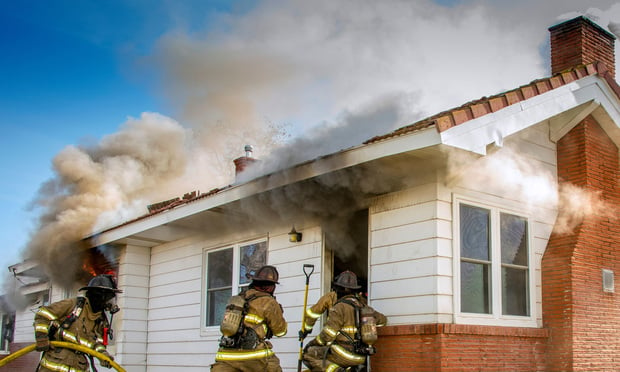Claims fraud is a frequent topic of discussion in the industry, and there is no doubt that there are fraudulent claims.
Some are false from the start and others become exaggerated during the life of the claim. There are videos of claimants who said they were disabled but were able to perform physical acts many would aspire to undertake.
Frequently, proof or indications of fraud have been found on social networking sites, posted in some cases by the claimants themselves. It is surprising how many people put damaging evidence on their social networks, which can make an investigation firm look very good.
Recommended For You
Want to continue reading?
Become a Free PropertyCasualty360 Digital Reader
Your access to unlimited PropertyCasualty360 content isn’t changing.
Once you are an ALM digital member, you’ll receive:
- Breaking insurance news and analysis, on-site and via our newsletters and custom alerts
- Weekly Insurance Speak podcast featuring exclusive interviews with industry leaders
- Educational webcasts, white papers, and ebooks from industry thought leaders
- Critical converage of the employee benefits and financial advisory markets on our other ALM sites, BenefitsPRO and ThinkAdvisor
Already have an account? Sign In Now
© 2025 ALM Global, LLC, All Rights Reserved. Request academic re-use from www.copyright.com. All other uses, submit a request to asset-and-logo-licensing@alm.com. For more information visit Asset & Logo Licensing.








